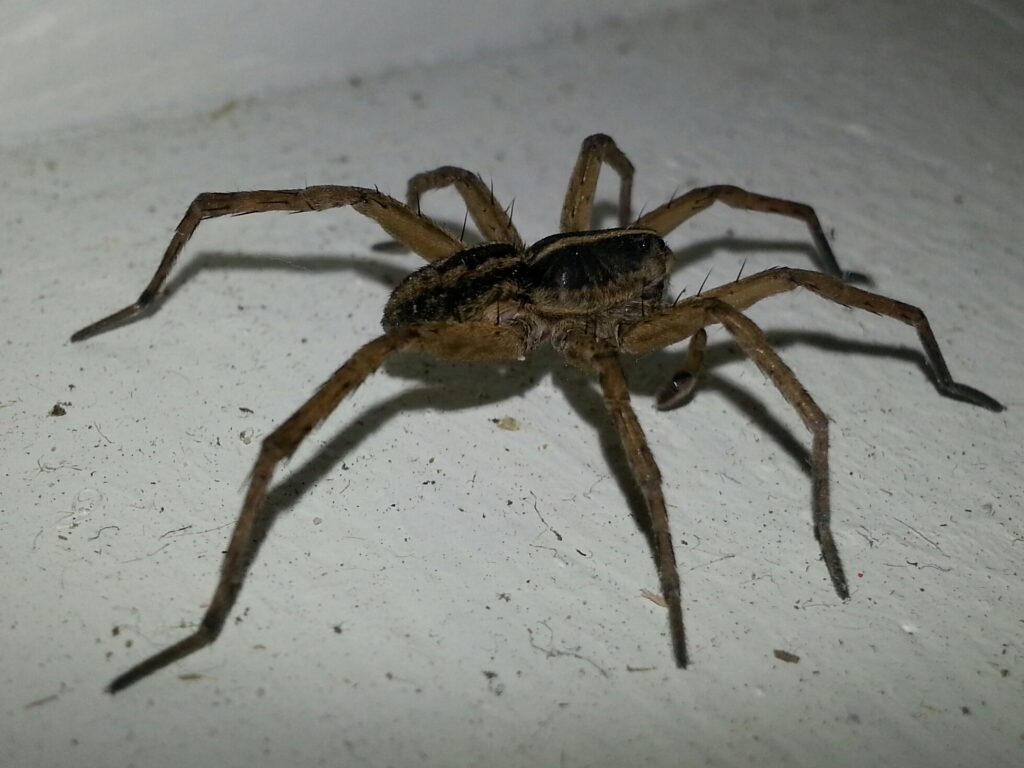 Encountering a mouse in your home can be a distressing experience, and dealing with a bite escalates the concern considerably. If you find yourself in such an unexpected predicament, it's crucial to act swiftly and seek appropriate care. Bites from any rodent, including mice, can introduce bacteria and potentially lead to infection. Immediate and thorough cleaning of the wound with soap and water is the first step in mitigating risk. Following up with a medical professional is highly advisable to ensure no further complications arise from the encounter.
In the meantime, professional pest removal in Burlington from Truly Nolen remains the most reliable way to address the root of the problem. Our specialists are equipped with the knowledge and tools necessary to provide safe and effective solutions, guiding you on how to get rid of mice and prevent future incidents, ensuring peace of mind in your living environment.
Encountering a mouse in your home can be a distressing experience, and dealing with a bite escalates the concern considerably. If you find yourself in such an unexpected predicament, it's crucial to act swiftly and seek appropriate care. Bites from any rodent, including mice, can introduce bacteria and potentially lead to infection. Immediate and thorough cleaning of the wound with soap and water is the first step in mitigating risk. Following up with a medical professional is highly advisable to ensure no further complications arise from the encounter.
In the meantime, professional pest removal in Burlington from Truly Nolen remains the most reliable way to address the root of the problem. Our specialists are equipped with the knowledge and tools necessary to provide safe and effective solutions, guiding you on how to get rid of mice and prevent future incidents, ensuring peace of mind in your living environment.
No Small Problem: Understanding the Occurrence of Mouse Bites
A mouse bite is not a commonplace occurrence for many homeowners, yet it's a crucial aspect of understanding the behaviour and interactions with these diminutive creatures. Mice enter homes in search of sustenance and safety, where their natural survival instincts can occasionally lead to confrontations with humans. A bite may result from handling a mouse, especially if it feels threatened or cornered, or unknowingly while sleeping.Immediate Steps Post-Bite: What Actions to Take
The immediate aftermath of a mouse bite is marked by shock and quick thinking. Your foremost concern is health and safety, followed by managing the intrusion that led to the encounter.Step 1: Health First
Swiftly cleanse the wound with soap and warm water. Apply an antiseptic to reduce the risk of infection. If blood continues to flow after several minutes, seek medical attention to determine if stitches are necessary.Step 2: Document and Diagnose
It is crucial to identify if the encounter was with a domestic or wild mouse. Document the circumstances of the bite, take note of the mouse's appearance if possible, and monitor the wound for signs of redness, swelling, or fever, which may indicate the need for tetanus shots or antibiotics.Step 3: Seek Home Protection
Close off the point of entry, be it a visible crack or a gnawed portion of wood. Mice are exceptional at squeezing through tiny openings, so service gaps should be sealed with pliable materials like steel wool to prevent re-entry.

